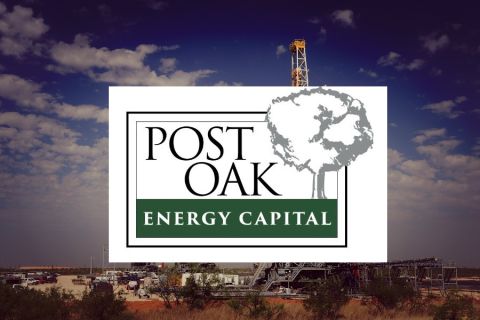The business model for the “first wave” of the shale revolution (2008 to 2014) was built on drilling and fracturing wells as efficiently as possible and, as production declined, often rapidly, constructing even more wells to maintain desired production levels. But when oil prices plummeted last fall, this business model, which required recouping the operator’s full capex investment in as little as 18 to 36 months and left up to 90% of a well’s potential production untapped, was exposed as unsustainable.
To remain competitive in today’s marketplace, operators in the North American shale plays must be willing to embrace the “next wave” of unconventional resource development. This requires shifting their primary focus from well construction efficiency to maximizing recovery rates at the lowest price per barrel.
This needs to start with the recognition that existing well inventories represent renewable resources that can be rejuvenated through a variety of means—from chemical treatments and well cleanout to artificial lift or restimulation—to deliver production rates that can exceed initial levels. And because many startup costs related to well construction and infrastructure are eliminated, this incremental production is typically achieved with a lower lifting cost than the initial production.
Even prior to the recent downturn, refracturing has been used to increase production and recovery. However, not all wells have benefited equally from it as not every well is a rejuvenation candidate.
By leveraging a new science-based workflow, it’s possible to improve production, reserves recovery and economics by reinvesting only in those wells with the greatest potential and the least risk.
Baker Hughes’s NextWave production rejuvenation solution helps operators maximize value from existing wells by following a four-step workflow and leveraging a variety of proprietary technologies and techniques.
To select the best rejuvenation candidates, public data such as historic production and initial completion information are screened and used to identify wells with the greatest production potential. A financial model is then used to estimate each well’s rejuvenation economics—helping zero in on wells with the most value and avoiding those with limited prospects.
The diagnostics phase of the workflow includes diving deeper into the well’s historical record to review all available formation evaluation and production data and form a comprehensive evaluation of a specific well’s potential.
Following diagnostics, various rejuvenation methods are evaluated. If sand, scale or wax reduced initial well productivity, mechanical screens or chemical inhibitors are introduced to deliver long-term flow assurance. When artificial lift is called for, many North American operators have experienced excellent success with electric submersible pump solutions. If refracturing is necessary, an appropriate restimulation program is designed and executed to meet the well’s technical, economic and production objectives. Results from the rejuvenation treatment are then assimilated to further refine the reservoir model and production forecasts.
Recommended Reading
CEO: Coterra ‘Deeply Curious’ on M&A Amid E&P Consolidation Wave
2024-02-26 - Coterra Energy has yet to get in on the large-scale M&A wave sweeping across the Lower 48—but CEO Tom Jorden said Coterra is keeping an eye on acquisition opportunities.
E&P Earnings Season Proves Up Stronger Efficiencies, Profits
2024-04-04 - The 2024 outlook for E&Ps largely surprises to the upside with conservative budgets and steady volumes.
Sunoco’s $7B Acquisition of NuStar Evades Further FTC Scrutiny
2024-04-09 - The waiting period under the Hart-Scott-Rodino Antitrust Improvements Act for Sunoco’s pending acquisition of NuStar Energy has expired, bringing the deal one step closer to completion.
73-year Wildcatter Herbert Hunt, 95, Passes Away
2024-04-12 - Industry leader Herbert Hunt was instrumental in dual-lateral development, opening the North Sea to oil and gas development and discovering Libya’s Sarir Field.
Permian E&P Midway Energy Partners Secures Backing from Post Oak
2024-02-09 - Midway Energy Partners will look to acquire and exploit opportunities in the Permian Basin with backing from Post Oak Energy Capital.





